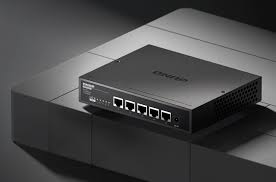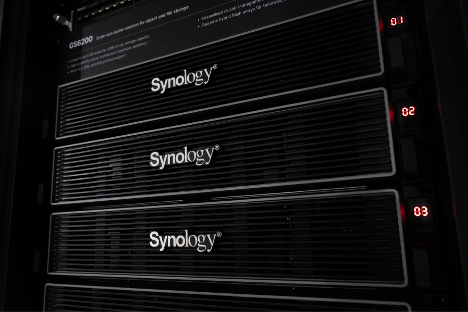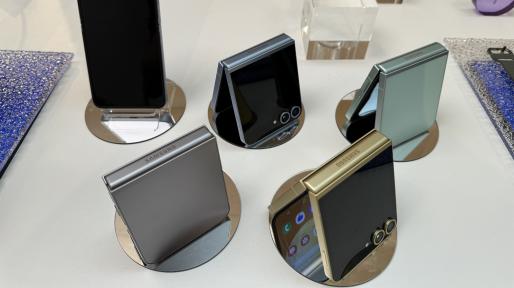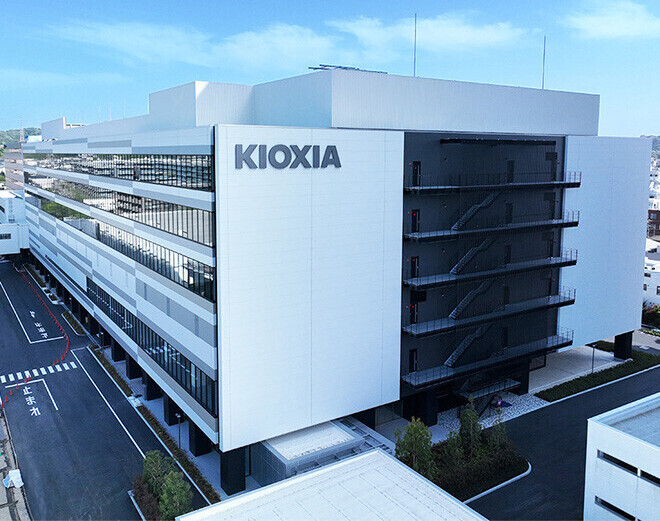Kioxia Develops Broadband SSD with Optical Interface for Next-Generation Green Data Centers
Kioxia cooperation, a world leader in memory solutions, will showcase a
prototype of broadband SSD with an optical interface for next-generation data
centers at the “FMS: the Future of Memory and Storage” conference, being held
in Santa Clara, CA from August 6 to August 8. By replacing the electrical
wiring interface with optical, this SSD technology significantly increases the
physical distance between the compute and storage devices, slims down wiring,
while maintaining energy efficiency and high signal quality. It also brings
high flexibility to data center system design and applications.
By adopting an optical interface, it becomes possible to aggregate
individual components that make up systems, such as SSDs and CPUs, and
seamlessly interconnect them. This furthers the evolution of a
"disaggregated computing system" that can efficiently utilize
resources according to a specific workload. Additionally, with its high signal
integrity, the optical interface may enhance high-performance compute
environments, such as outer space.
This accomplishment is the result of the Japanese "Next Generation
Green Data Center Technology Development" project, JPNP21029, subsidized
by the New Energy and Industrial Technology Development Organization (NEDO),
which is under the "Green Innovation Fund Project: Construction of Next
Generation Digital Infrastructure." In this grant project, next generation
technologies are being developed with the goal of achieving more than 40%
energy savings compared to current data centers. As a part of this project,
Kioxia is developing broadband SSDs with optical interface for data storage in
next-generation green data centers.


































Leave A Comment